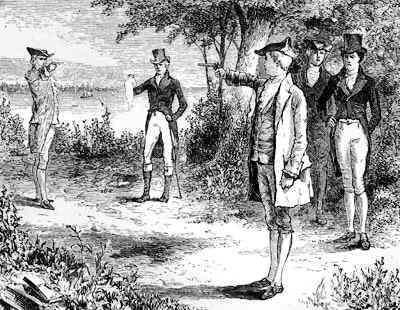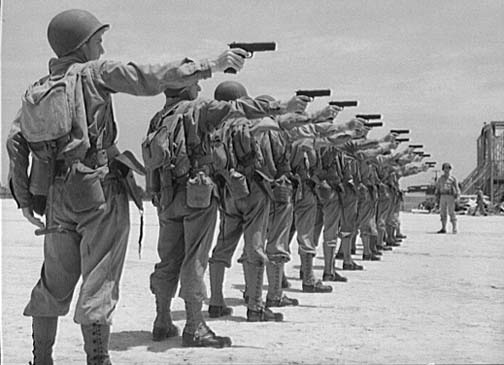Tgace
Grandmaster
- Joined
- Jul 31, 2003
- Messages
- 7,766
- Reaction score
- 409
What exactly is the crux of this debate?
In regards to Weaver vs Isosceles, use what you want...free country...but I agree, Weaver is dead. The preponderance of professional shooters and operators are using Iso for a reason.
Sent from my XT1080 using Tapatalk
In regards to Weaver vs Isosceles, use what you want...free country...but I agree, Weaver is dead. The preponderance of professional shooters and operators are using Iso for a reason.
Sent from my XT1080 using Tapatalk


